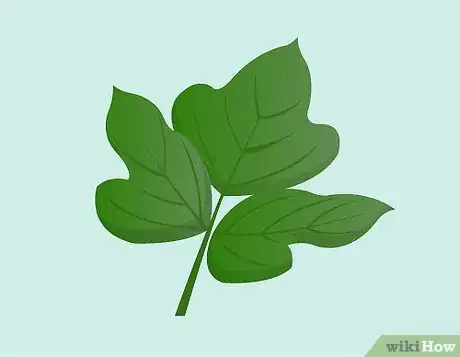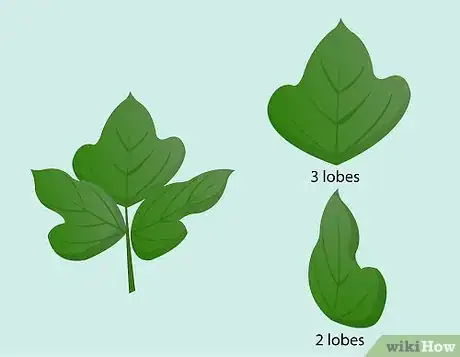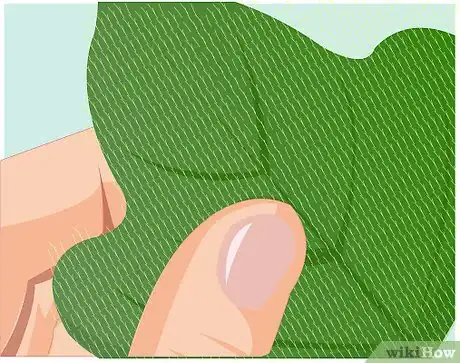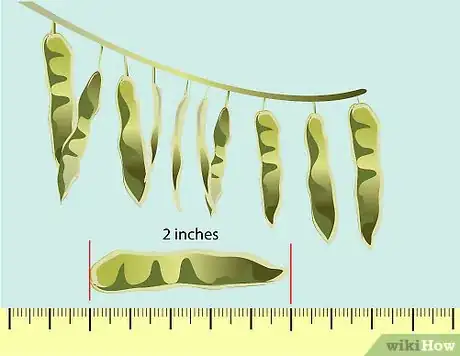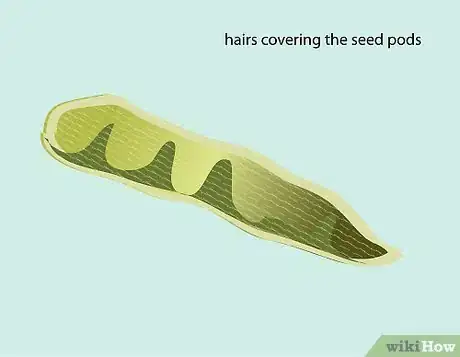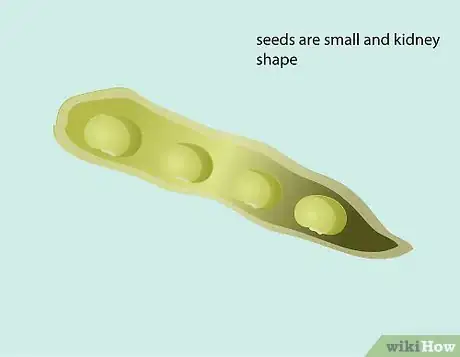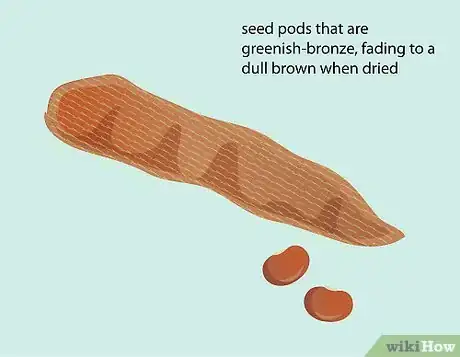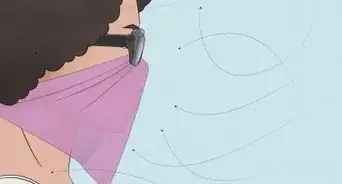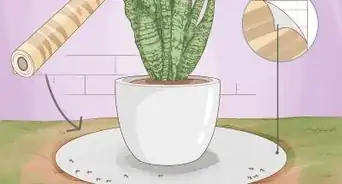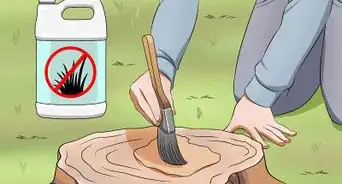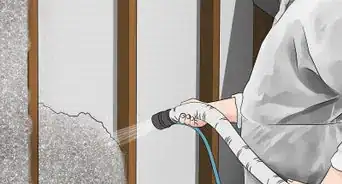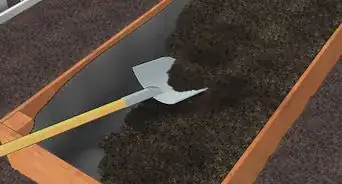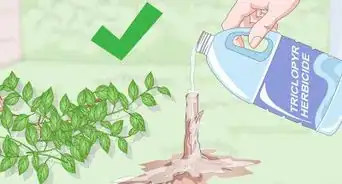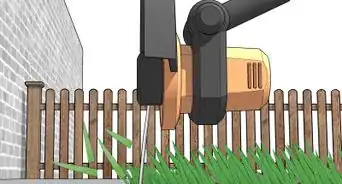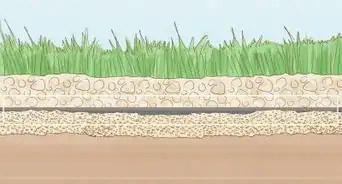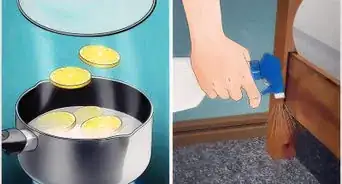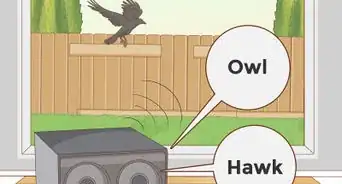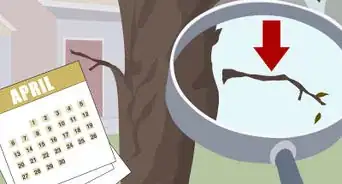This article was co-authored by wikiHow staff writer, Hannah Madden. Hannah Madden is a writer, editor, and artist currently living in Portland, Oregon. In 2018, she graduated from Portland State University with a B.S. in Environmental Studies. Hannah enjoys writing articles about conservation, sustainability, and eco-friendly products. When she isn’t writing, you can find Hannah working on hand embroidery projects and listening to music.
wikiHow marks an article as reader-approved once it receives enough positive feedback. This article received 12 testimonials and 100% of readers who voted found it helpful, earning it our reader-approved status.
This article has been viewed 111,086 times.
Learn more...
Kudzu is a plant that is native to Japan, but very prevalent in the southern United States due to its importation as a ground cover in the 19th century. Kudzu is a vine that is noted for its incredibly quick growth; at a growth rate of up to a foot (30 cm) per day, the plant has gained a reputation as a highly invasive species. Learning how to identify kudzu will enable you to recognize a kudzu invasion in your area. This is the first step to keeping kudzu under control.[1]
Steps
-
1Look for trifoliate leaves, or formations with 3 leaflets attached at each node. All 3 leaves will be attached to the stem on their own petiole, or stalk. The central leaf's petiole will be about 3/4 inch (19 mm) long, while the 2 outer leaves have much shorter petioles.[2]
-
2Look for egg shaped, medium green leaves. Generally, the central leaflet will have 3 lobes, or rounded projections. The outer 2 leaflets often have 2 lobes. However, kudzu's lobe structure can vary, with many leaves having no lobes at all. Leaves can grow quite large, often to about 5 or 6 inches (12 - 15 cm) long.Advertisement
-
3Touch the leaves to see if they are fuzzy. Kudzu leaves have very small hairs, making them fuzzy to the touch.
-
4Look for long vines covered in small, brownish bristles that trail across the ground, climb any vertical surface, and form dense bunches of foliage. The key characteristic of kudzu vines is their tremendous growth rate; they can gain a foot (30 cm) of length per day in peak conditions. Kudzu can often be seen entirely covering tall trees, utility poles, or other structures. As they mature, vines may become thick and woody. Kudzu vines are capable of climbing nearly any type of support, and will also snake across the ground, rooting at each node.[3]
-
5Look for purple or reddish purple flowers arranged in clusters. Kudzu produces flowers in late summer, usually in August or September in the southern United States. The flowers form a cluster (called a raceme) that can grow up to 8 inches (20 cm) high and emerge from the central petiole of a leaf arrangement.[4]
-
6Measure the seed pods with a ruler. Kudzu produces small seed pods, usually about 2 inches (5 cm) in length.[5]
-
7Look for hairs covering the seed pods.[6]
-
8Cut open a seed pod and check that the seeds are small and kidney shaped.
-
9Look for seed pods that are greenish-bronze, fading to a dull brown when dried.
Community Q&A
Did you know you can get answers researched by wikiHow Staff?
Unlock staff-researched answers by supporting wikiHow
-
QuestionAre there different varieties of kudzu?
 wikiHow Staff EditorThis answer was written by one of our trained team of researchers who validated it for accuracy and comprehensiveness.
wikiHow Staff EditorThis answer was written by one of our trained team of researchers who validated it for accuracy and comprehensiveness.
Staff Answer wikiHow Staff EditorStaff Answer
wikiHow Staff EditorStaff Answer -
QuestionHow does kudzu grow as fast as it does?
 wikiHow Staff EditorThis answer was written by one of our trained team of researchers who validated it for accuracy and comprehensiveness.
wikiHow Staff EditorThis answer was written by one of our trained team of researchers who validated it for accuracy and comprehensiveness.
Staff Answer wikiHow Staff EditorStaff Answer
wikiHow Staff EditorStaff Answer -
QuestionHow do I kill kudzu?
 Community AnswerKudzu is extremely invasive and difficult to kill off. Trimming the foliage and body of the plant down before applying herbicides can help. Make sure you have an herbicide designed for killing kudzu, as not all are the same.
Community AnswerKudzu is extremely invasive and difficult to kill off. Trimming the foliage and body of the plant down before applying herbicides can help. Make sure you have an herbicide designed for killing kudzu, as not all are the same.
Warnings
- Many local governments have laws against intentionally planting kudzu due to its highly invasive nature. Some governments even request that you alert them to the presence of kudzu if discovered.⧼thumbs_response⧽
References
- ↑ https://www.nature.org/en-us/about-us/where-we-work/united-states/indiana/stories-in-indiana/kudzu-invasive-species/
- ↑ https://www.ontario.ca/page/kudzu
- ↑ https://nyis.info/invasive_species/kudzu/
- ↑ https://www.ontario.ca/page/kudzu
- ↑ https://www.nwcb.wa.gov/weeds/kudzu
- ↑ https://nyis.info/invasive_species/kudzu/
About This Article
Kudzu is a vining plant that can spread across buildings, trees, and telephone poles in Japan and the southern United States. They can grow as fast as 1 foot a day and quickly cover large areas. Kudzu have long vines covered in small, brownish bristles. Their leaves are egg shaped and made of 3 leaflets. The leaves are also fuzzy to the touch due to their small hairs. During late summer in the United States, Kudzu will produce clusters of purple or reddish flowers. They also produce green, fuzzy seed pods, but you’ll only be able to spot these up close. Kudzu is deciduous, which means it loses its leaves in the winter. For more tips, including how to distinguish kudzu leaves from poison ivy, read on!
